With the advent and exponential growth of content marketing, brands across many industries have become media organisations, real estate included.
Since real estate franchise groups started publishing property magazines or agency offices started publishing lifestyle articles (blogs), we can say with certainty that this trend has occurred in the real estate industry, too.
But with digital media being so much more cost-effective than print media, we are now seeing a new breed of property professionals emerge: the real estate media mogul.
The reason for this tectonic shift is if you create the market (or fan base in your niche), you can control the conversations and as a side bonus, promote your products or services. Think of Amazon, which began its life as an online bookstore, or Apple; in the space of 50 years, it’s gone from being solely a tech company to becoming one of the biggest media outlets in the world.
How is this relevant to real estate agencies?
Real estate magazines and property ‘lookbooks’
In the recent past, real estate was listed only in newspapers, both state and local. Some enterprising agency networks branched out into producing a magazine – basically a couple of ‘news’ articles followed by pages and pages of properties being sold by agents operating for that brand (from across the region or country).
These real estate brand magazines have been used primarily as a vendor listing tool, as too were the property pages in the mainstream news media. For the latter, the aim of the game was to have the most listings and, therefore, look the biggest and the best.
With 95% of the magazine being made up of pages of property listings, these magazines are known colloquially as ‘property lookbooks’. Distributed in real estate offices, local retail outlets and cafés, they are read mainly by weekend café patrons as they sip their lattes and tuck into their smashed avocado on toast.
The cost of producing a property magazine
For these property magazines to exist, the real estate franchise HQ must mandate that every property campaign has to have an insertion in the corporate magazine. These are how the magazines are funded. However, with printing costs increasing year on year, it has become harder to cover the full magazine costs, let alone break even.
Head offices often have to cover the shortfall or find advertisers to cover what can be as much as 50% of the cost of producing this property marketing vehicle. As a result of the cost pressures, these property magazines have now become few and far between.
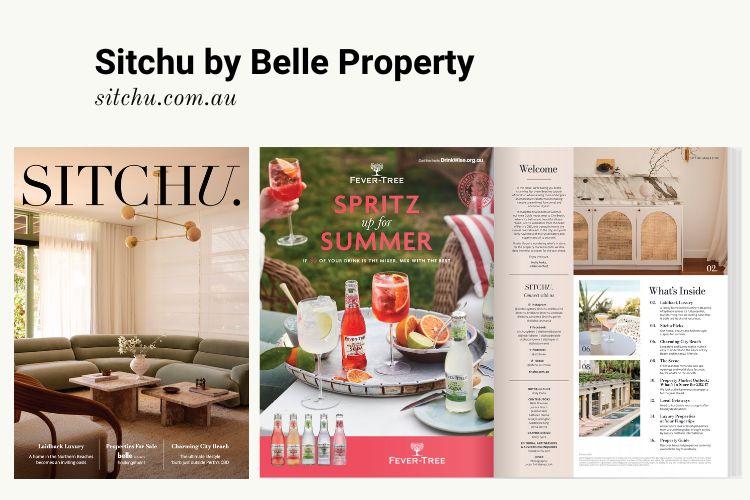
Two real estate magazines that come to mind that have survived and even thrived are Sitchu, a strongly lifestyle-oriented magazine owned by Belle Property, and the McGrath Magazine in which John McGrath gives readers, especially property investors, the benefit of his wisdom and accumulated knowledge.
The cross-platform multimedia approach
I think of our role at Hoole as being somewhat like a personal trainer. Yes, our clients know they want to get fit and could easily do the exercises a personal trainer gives them – but we know many won’t keep up with the program.
Replace ‘getting fit’ with ‘establishing a personal brand’ and you can start to see why I made the comparison. Some of our clients have the right idea about establishing their personal brand and entrenching themselves more into the communities in which they live and work. The problem is sometimes it’s hard to stand back and see where the opportunities lie.
At Hoole, we’ve been helping ambitious real estate principals who own multiple real estate offices to morph into media companies to gain traction in their regions. With the average Australian often living in or owning a home for around ten years, and New Zealanders around seven years, it can be a while between drinks so it’s all about staying front of mind or relevant when prospects are between transactions.
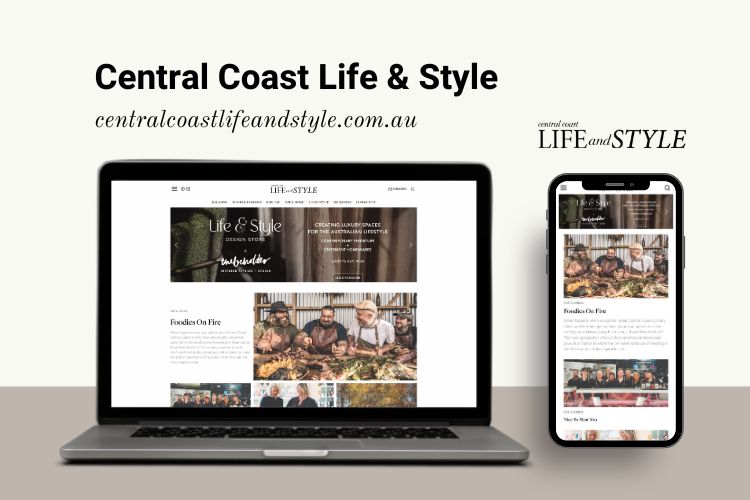
Case Study #1: Cathy Baker and Central Coast Life & Style (CCLS)
Cathy Baker, a prominent local real estate agent on the Central Coast of NSW, just north of Sydney, has long seen the potential for her region. From being mainly a holiday destination, it is now home to notable singers, athletes, TV personalities and entrepreneurs.
Cathy had expanded her residential real estate business to include luxe holiday lets (Belle Escapes) and a magazine. However, we needed to help her differentiate each of her business streams and make sure they each had a clear strategy to propel them into the future.
Central Coast Life & Style is both a printed magazine and a website and has a large Instagram fan base. The printed magazine is produced four times a year, and the content from the magazine is published to the website and social media.
The magazine, targeting younger women, has a coastal luxe feel and covers a calendar of upcoming events, fashion and shopping trends, local designers, retailers, hoteliers and community groups.
Key to its success and readability is the format. At least 50% of the magazine is dedicated to editorial. About 25% is reserved for advertising and advertorial, and the remaining 25% showcases the crème de la crème of Cathy’s properties for sale or lease.
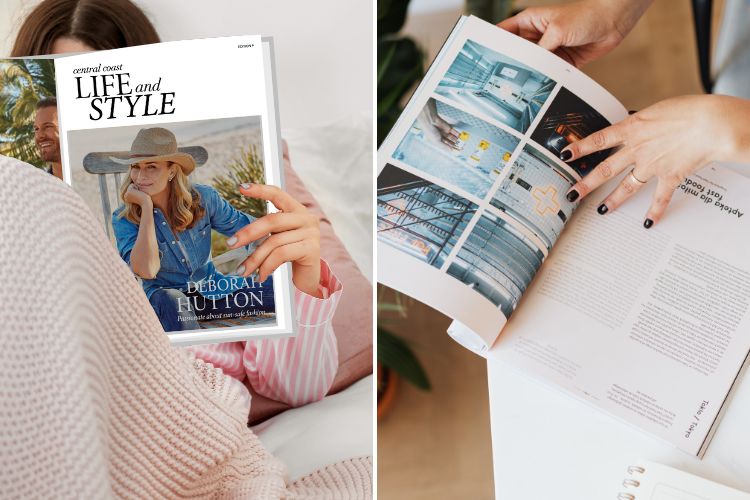
With models and fashion photographers called in for the property shoots, a handful of architecturally designed trophy homes are covered from an editorial standpoint, as is done in home and garden magazines. Even paid advertisers are given an editorial makeover, blending paid and unpaid articles together seamlessly.
The Hoole team helped Cathy launch her media business back in 2020. As other principals panicked, Cathy seized an opportunity to rapidly expand her business empire while Central Coast properties were in hot demand and prices skyrocketing. While she was opening a second real estate office under the Belle Property brand, we helped Cathy to create Central Coast Life & Style (CCLS) to be a completely separate media business.
To gain traction with local residents as quickly as possible, we supported Cathy in purchasing content from a local mum who had been writing articles on Central Coast activities and who had grown a large Instagram following of over 60,000 people.
Time was of the essence for this project. In a matter of just weeks, we helped Cathy to develop the CCLS brand, build a brand-new website, rebrand the Instagram channel and produce content for the website and magazine.
To gain even more attention, Cathy’s team organised a launch party attended by locals including a mix of local celebrities. The team also produced press releases and garnered support from a local radio station.
Not only has Belle Property Central Coast become the go-to agency for anyone looking for help selling premium Central Coast property, but also, Cathy and her vision and entrepreneurial prowess have been featured in CEO Magazine.
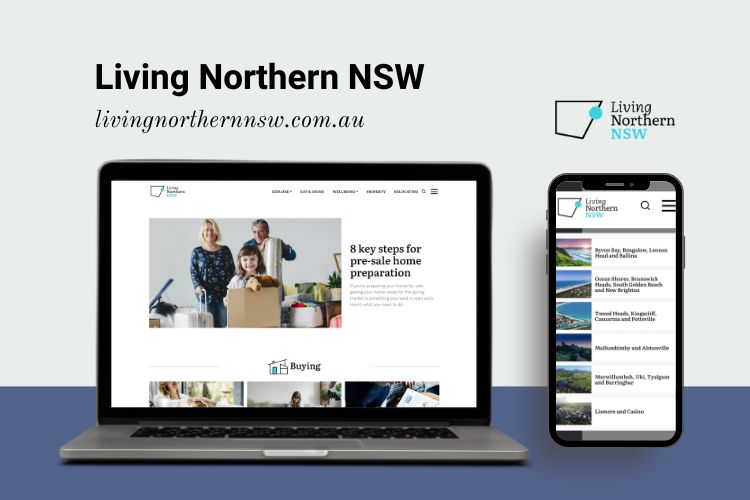
Case Study #2: Julie-Ann Manahan and Living Northern NSW (LNNSW)
Julie-Ann’s agency covers a large region of Northern NSW. While she operates from two locations, she and her team cover many towns, each with a distinct culture.
When Julie-Ann asked the Hoole team for help in gaining more recognition throughout her region, we landed on a media strategy.
Living Northern NSW (LNNSW), which Hoole created, is a website directory for local residents in the NSW northern region. In this instance there is no printed magazine, so overheads are much lower.
Our strategy was clear: as Northern NSW is well covered by NSW tourism bodies, both state and local, we needed to cover what was a gap in the media landscape. As a visitor, you could easily find activities and places to visit; however, local residents would struggle to find out what was going on or where to find a business for their everyday needs.
Because the area we needed to cover was vast, first we split the region into six key locations, both coastal and inland, with each location featuring several towns. Some areas are more coastal and luxe; others are more off the beaten track, offering acreages and a farming community feel.
There were several advantages in defining each of the regions, key of which was search engine optimisation. The goal was to make residents of each subregion feel seen and heard, to help Julie-Ann and her team to build trust in these communities.
We then chose the following ‘lifestyle’ categories into which we could slot any business type:
- Eat & drink
- Shopping & markets
- Sports & recreation
- Spas & beauty
- Health & healing
- Schools & education
- Property
In this case, with no online directory or local publisher to buy, to give LNNSW a head start, we had to produce enough content to fill the website with interesting articles ahead of launch. This involved a fact-finding mission, helped by members of Julie-Ann’s team.
Engaging a team of marketers and content writers, we researched local businesses within each location and under each of the categories to ensure we could find eight to ten businesses to feature in each category in each location. Using a combination of Google Maps, Instagram and Facebook pages we were able to research what was on offer and then check back with the team.
Over three months we wrote 70+ articles, at which point we were almost ready to launch the website and social media pages. In addition, we added property articles to help people looking to buy or sell a Northern NSW home. We covered relocation and highlighted the economic climate including industries and the job market. With multiple angles covered, we felt ready to launch the website.
Once the site was launched, we put in place an editorial team to add fresh search engine optimised content each month. In a matter of weeks the website had started to attract visitors from Google searches. As the amount of content grew, so did the number of people coming to the site.
Julie-Ann and Hoole determined an advertising budget to promote LNNSW to the townsfolk in each region to cement its reputation as a valuable source of information for anyone living in or looking to relocate to the region.
‘How does this help Julie-Ann sell property?’ I hear you ask. As the traffic to the website grows, the same audiences can be used to promote the services of the real estate business. We can capture the people who viewed the website or the social pages and share these ‘audiences’ with the real estate business.
Think of your Meta and Google audiences like an email database; you can retarget those same people from your sister business without the target audiences needing to know that both businesses are owned by the same people.
The LNNSW website has plenty of scope to become the number one business directory in the region where local business owners list their business at no cost to them. It can also add a marketplace for real estate listings. To stay relevant, the website needs new content added regularly.
Want help with your media strategy?
If you’re ready to leap into being your own publisher and need some experienced help and support, give us a call. As a full-service digital marketing agency that specialises in real estate, we can build your website, fill it with interesting content, execute a marketing plan and help you build audiences made up of local homeowners.
The cherry on the top is we can then share those audiences with your real estate business to keep it front and centre for new real estate listings. If you would like to learn more about this real estate media strategy, please book a time with me, Melanie Hoole, in my calendar to chat.
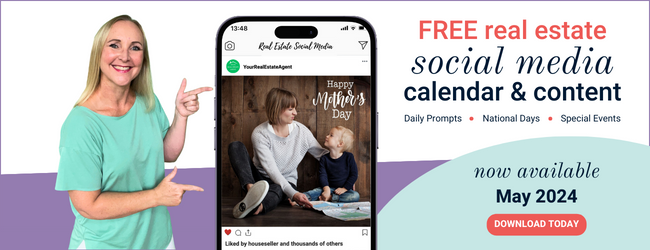
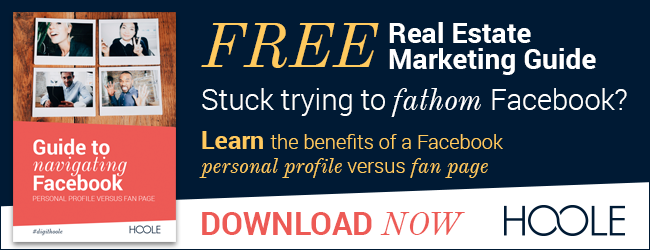
Join the Conversation - add your thoughts